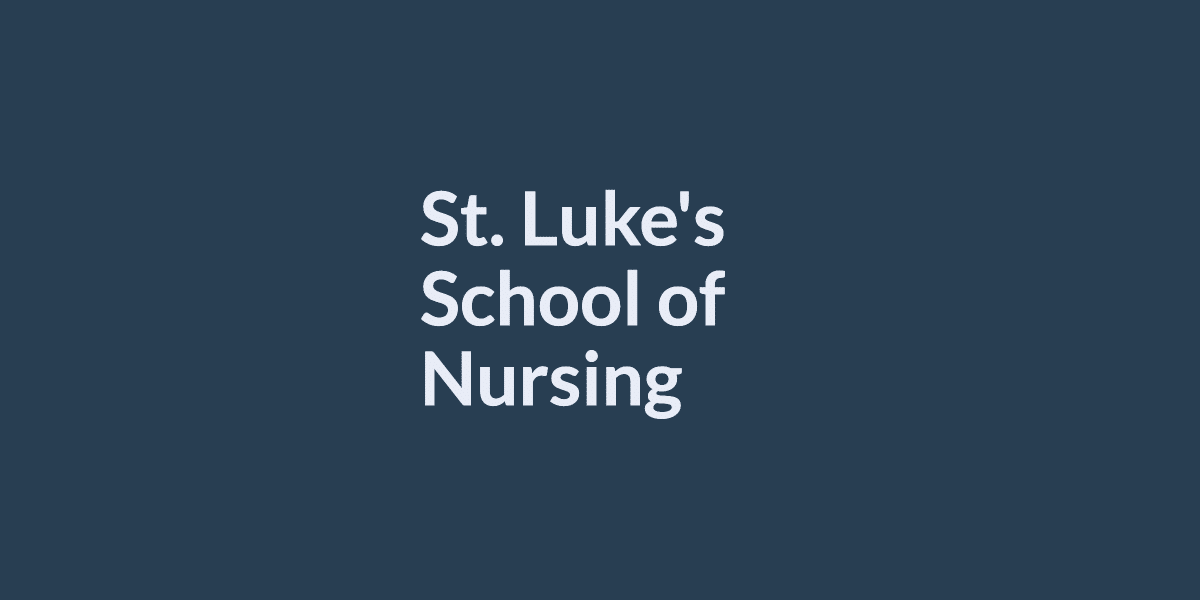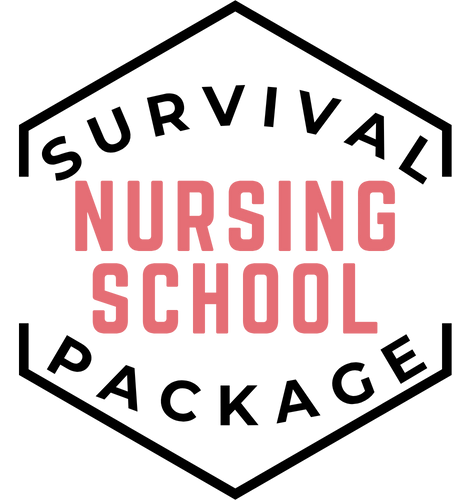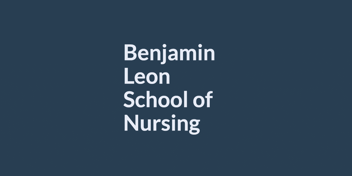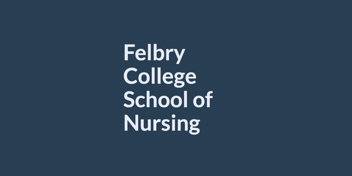St. Luke's School of Nursing Review | NURSING.com

When I consider a nursing school, I am generally looking for a school where one could learn how to competently take care of a human being suffering from some complex health issues. I feel that whichever school is under consideration should be one that can produce competent nurses on the floor.
Read more about St. Luke’s school of nursing.
History of St. Luke’s School of Nursing
St. Luke’s started out housing 44 nurses within a room dubbed the “White House.” This dates back to 1907, which then paved way for the White House to take on three extra operating rooms in the following year.
A prominent figure in the history of St. Luke’s is Anna M. Lumbard, who was amongst the early proponents of the school-based in New Bedford. In honor of this leading lady, the school set up the Lumbard House in 1910. This new wing would be a hospital ward for women and children, which would also house the attending nurses.
In 1914, an extension to the building was set up in memory of Henry Huttleston Rogers. This wing would go on to be named the Rogers Ward.
In 1916, the hospital, which would later go on to be a teaching institution, started getting the technological support that would see it set itself up as a go-to training institution. Specifically, this year saw the institution get its first x-ray equipment, which came together with a new maternity wing that featured 45 new beds and was named after Mrs. Gertrude S. Schultz.
The subsequent significant development at the institution came in 1918. In this year, a new wing was built, which extended the White Home to include enough space for an additional 23 more nurses.
1921 saw the institution take on outpatients. Specifically, the establishment saw a total of 8,000 patients on the year, officially opening its doors to the general public.
Five years later, in 1926, the institution increased its nurse population by 32 more nurses. An addition would be the Lumbard Unit which housed new 65 beds that were meant for children.
In 1928, the hospital’s opened its first cancer clinic. This would also be the year that the institution would see a total of 26,996 patients visit its outpatient department.
Following this match publicized success, Miss Ellen R. Hathaway would gift the hospital a new outpatient building that would go on to house the private rooms dedicated to mothers that visited the facility. It was during this year in 1930 when polio would hit the United States heavily, which would then influence the institution to acquire its first lung machine.
In the following year of 1931, The Hathaway building got its second flow. These would still remain private rooms where patients who required more personalized and private treatment would be attended to.
In response to these increases in bed space, the facility employed 192 more patients in 1934. A center for premature infant care would follow this in 1937.
By 1938, more than 40 000 patients had visited the outpatient department at St. Luke’s. This necessitated the setting up of the U.S. Cadet Nurse Corps in 1940, which would be responsible for training the over hundred nurses required during the war.
At the height of the war in 1943, 20 of the 56 doctors present within the institution had joined the armed forces. The institution was then forced to take on volunteers who were to pick up the slack and attend to the long lines of patients visiting the institution.
By 1945, these volunteers had clocked in a total of 35 820 hours. This would see several volunteer groups join the St. Luke’s Woman’s Auxiliary in 1950 with the aim of reducing hospital stay for the patients visiting the institution.
The following year in 1951 would see Mrs. H. Sylvia contribute $1.2 million to the institution to create the Memorial Building. This would end up being the most significant addition to St. Luke’s to date.
The memorial building would end up being opened in 1953. During this same year, the hospital would go on to provide an estimated $200 000 in free medical care.
Following the overwhelming success, the institution established the volunteer service and physical therapy departments in 1958.
At the beginning of 1959, the institution was finally accredited by The National League of Nurses. This would see the establishment of the School of Nursing and the Health Service departments.
This School of Nursing would end up being closed in 1975 even after it had graduated a whopping 1,795 nurses.
Luke’s College of Nursing and Health Sciences
St. Luke’s College of Nursing and Health Science has evolved to becoming an educational leader for students pursuing undergraduate and graduate degrees in the niche. O.T., P.T., CSD, and other health professionals are trained within this institution as well.
To remain competitive, the institution has designed programs that are meant to meet the needs of the various health care providers, especially as it pertains to nurses. As such, each of the programs offers will include:
- Simulations
- Hands-on Activities
- Service-Learning
Degree Programs on Offer
- Undergraduate Degrees
- BSN
- Communication Sciences and Disorders
- Exercise Science
- Health Science
- RN-BSC
- Certificate Programs
- Certificate in Medical Assisting
Graduate Degrees on Offer
- Communication Sciences and Disorders
- Occupational and Physical Therapy
- MSN- Nurse Educator
- MSN- Adult-Gerontology Acute Care Nursing Practitioner.
- MSN- Family Nurse Practitioner
Dual Degrees on Offer Include:
- DPT/MBA
- DPT/MA
- OT/MA
- OTD/MBA
Facts about St. Luke’s Nursing School
An interesting fact about the St. Luke’s Nursing School is that 100% of the students that sign up for the MSN degree successfully complete their studies.
The AG-ACNP students within the different campuses have been able to achieve a total of 93% pass rates when they sat for the national exams. This is significantly higher than the 84% average recorded all over.
This statistic is followed by a 100% job placement within the health care industry in the United States and beyond. This follows the affiliation of the company with the third largest employer within the region.
In consideration of these factors, the school comes in as number 18 in the United States. This standing is based on how the organization is able to provide the resources and guide their students towards finding nursing jobs following graduation.
Accreditation
Imagine going through the coursework only to get to graduation and find out that the course you dedicated your time and resources to was NOT ACCREDITED…
Fortunately, each of the programs offered at the St. Luke’s Nursing school has been awarded full accreditation from their respective professional accrediting agency.
The Baccalaureate Degree Program in Nursing at the College is accredited by the Commission on Collegiate Nursing Education. Additionally, the course has received the go-ahead from the Accreditation Commission for Education in Nursing.
What’s more…
The Nursing Program has received accreditation by the ACEN Board of Commissioners for the Associate of Science in a nursing program. Note that this accreditation is, in fact, a Continuing Accreditation.
The Joint Review Committee on Education in Radiologic Technology also accredited the course work. This comes in the wake of the go-ahead from the Commission on Accreditation for Respiratory Care.
Accreditation of the Associate Degree Nursing Education Program
The state’s Board of Nursing accredits the Associate Degree Nursing Program. This would mean that your future is assured despite the level at which you start your engagement with the institution.
Accreditation for Communication Sciences and Disorders
The Communication Sciences and Disorders coursework has received extensive inspection and consequence accreditation by the Council on Academic Accreditation in Audiology and Speech-Language Pathology of the American Speech-Language-Hearing Association.
Accreditation for Occupation Therapy
The OTD program offered at St. Luke’s has reached the highest Candidacy Status through ACOTE. This means that the program has completed an on-site evaluation, and the students can then sit for the national certification examination administered by the National Board for Certification in Occupation Therapy (NBCOT).
Other than the various accreditation, which means that whatever course you undertake has been approved by the governing bodies, I feel it would be prudent to mention that the institution is a member of various professional bodies.
Specifically, you want to take note that the institution is a member of the American Hospital Association, the DNV, and the Association of Hospitals and Health Systems within the state.
Admissions
Like other institutions offering any health-related courses, the institution is dedicated to providing competent and compassionate professional training. These individuals are expected to practice within the global health community.
The different programs offered at the institution take into account:
- The applicant’s GDP and High School Records
- ACT Examination or the equivalent
- The Quality of their High School Coursework
- Any shadowing experience by the applicant
- The Application Essay that accompanied the application.
Once you make an application, this application will go through a review continually.
During fall, the application will be reviewed to ascertain if the applicant, in this case, you, qualifies for radiology, respiratory care, or nursing.
Following this review, your application will be scrutinized in spring if you qualify for the nursing program. During summer, the evaluation will be centered on whether the applicant qualifies for Phlebotomy.
Note that the Bachelor’s program and the general education courses are offered each semester. I feel it would be best if you had your documents in check at the beginning of each review cycle in the event that the college reaches out.
College Admission Criteria
To join St. Luke’s, you must have achieved a minimum cumulative grade point average of 2.50. For international students, they will need to have completed a high school equivalent of a GED.
An additional criterion they will be looking for is whether, as an applicant, you were able to complete the American College Test (ACT). For this prerequisite, you will need to show a minimum composite score of 19.
Now suppose you do not meet the above criteria….
In that case, you will be considered under completion of transferable college coursework. Note that for this avenue for entry, you will require to have achieved a cumulative grade point average of 2.30.
Bachelor’s Degree Program Requirements
Let’s consider a situation where you seek entrance into the Bachelor of Science in Nursing Degree Completion program.
In that case, you will need to meet the following:
- College Admission Criteria
- Proof of graduation from an accredited registered nurse program. Alternatively, you could have an associate degree or a diploma, giving you enough to be considered for the program
- It would be best if you held a current unencumbered licensing in case of such issues
Prerequisites for Applicants into Bachelor of Health Science Program
To be admitted into the Bachelor of Health Science Program, you will require:
- College Admission Criteria
- You should have earned an associate degree, diploma, or certificate in any of the allied health programs. These include respiratory therapy, surgical technologies, and radiological technologies, among others
- You must have completed a minimum of 24 credits in allied health coursework
- You must provide proof that you have never before completed a degree, diploma, or certification if you want to be admitted based on the credit hours you have completed.
Prerequisites for Applicants for Certificate Courses
If you are looking to pursue the Phlebotomy Certificate Program at St. Luke’s, you need the following:
- A GED of 2.50 or higher
- Proof of completion of a high school equivalency examination similar to GED or HiSET
International Applicants
St. Luke’s has set its systems up in a manner that makes room for international students. The College admission policies take into account the United States Immigration and Naturalization guidelines as it pertains to college admissions.
I feel that it would be prudent to mention that while St. Luke’s has the provisions for international students, the resources constraints regarding the support of international students mean that the institution is not authorized to issue out temporary student visas.
The international students seeking a place at the college need to meet the basic College Admission criteria. Following the proof of those mentioned above, these students also need:
- Proof of legal residency within the United States
- Official certified academic documents that should have been translated into English
- If the applicant has English as their second language, they are required to submit a TOEFL score of not less than 60
- An official letter of recommendation from their secondary school is also required
- Financial documents demonstrating that the students have the funds necessary to cover both their tuition and living expenses while undertaking the applied course are also required
Tuition Fees at St. Luke’s
It wouldn’t be too far-fetched to point out that finances are top of the list when it comes to a decision on what course to enroll in and what school to go for. As such, this piece would be largely incomplete if I did not provide a breakdown of the tuition fees.
As with most schools, the standard tuition rates at St. Luke’s school of nursing are set on an annual basis. These will often apply to all the students.
What’s more, you need to note that these tuition rates take effect every first July of the academic year. These rates will often be assessed on a per-credit-hour basis unless explicitly stated by the institution.
As a new student, you need to know that the same tuition rates will apply to you despite your residency status. Besides, each academic year and program will attract a different cost, as stated on the website.
In addition to the primary per-credit-hour tuition rates, it would be best to remember that you will still incur medical assisting-lab fees, acceptance deposit, student I.D. badge card fees, and approximate book costs. Additional costs you might also have to pay would include an auditing fee charged by credit hour.
At nursing.com, we understand the struggle that nursing students have to go through and have committed to providing the best nursing school reviews. After all, the coursework can be confusing and stressful, which can threaten your inclination towards the course itself.
Given this predicament, we have created a resource stop-over for students like yourself looking for the much-needed assistance to improve their grades and pass the various tests. Many of the students who come to us will often be struggling and likely looking for a supportive environment to learn.
We understand that the old way of struggling through nursing school will not work. After all, who wants to struggle through the various PowerPoint and textbooks… only to end up still struggling?
Luckily, we have come up with a better way…
Our solution can be achieved in just four easy steps:
- Watch lesson videos
- Review the study material
- Take a couple of practice questions
- Interact with the simulation
How is it different, you ask?
Well…
You get to have your lecture notes, all study tools, revision questions, and prep all at one point.
If having clear, concise, and visual lessons from top-tier practicing nurses sound like something you would be into, start your trial today.
We look forward to helping you apply new knowledge through lessons that have care plans, case studies, and concept maps written by professionals who have been in your shoes before.






